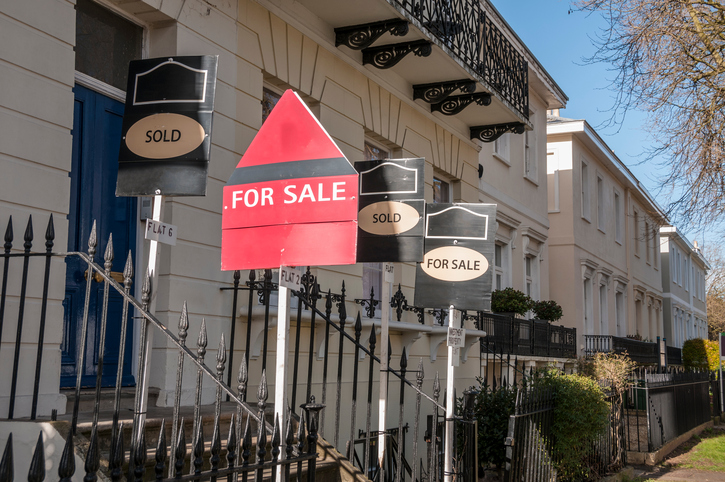When it comes to buying and selling property, various
complications and problems can arise which could make the whole transaction
fall through. Or, there are occasions when you think a little bit more money
would put you in a far better position, but you don’t have any disposable funds
to help until your current property sells.
This is where a bridging
loan can come in to pull you out of tricky situations or temporarily boost
your financial position.
First, what is a bridging loan and how does it work?
A bridging loan uses the equity available in property as security for the borrowing facility. It is a form of fast and flexible funding which is only intended for short term purposes to bridge a gap in finances until the money becomes available, from the sale of a property, for example, or until an alternative source of permanent, long-term funding can be placed.
According to James Durr, of fast sale cash homebuyers Property Solvers: “bridging loans can be a great way to get access within a relatively short timeframe but, in our industry, where vendors need finance in as little as 7 days, this finance mechanism is often too slow to serve the needs of clients. As more of these loans are underwritten by larger financial institutions, you’ll often find that you may have to jump through as many hoops as if you were applying for a mortgage.”
Fixing a broken property chain
One of the most common uses of a bridging loan is to fix a
broken property chain, or to prevent one from breaking.
It happens far too often when, let’s say, the buyer of your
property pulls out of the transaction due to personal circumstances. This means
that now you won’t have the money to buy the property you were planning to,
meaning you will have to let down the seller, which also means they won’t be
able to purchase their next property, and the chain begins to fall apart.
This is where a bridging loan can be used.
You can use the loan to continue with your property
purchase, and then repay it when your current property sells to a different
buyer. Provided there is sufficient equity in the property you are selling (the
value of the property minus the mortgage), then you should qualify for a
bridging loan. To find out if you would qualify, as well as the estimated costs
of a bridging loan, use an online
bridging loan calculator.
Purchasing a property at auction
If you are turning to a property
auction to purchase your next home, or you are landlord wanting to expand
you property portfolio, a bridging loan can be used to do this.
When you have won a property at auction, you have entered
into a legal contract to complete the purchase. A 10% deposit (usually 10% of
the purchase price), as well as an exchange of contracts, is required on the
day of the auction. You are then required to complete the purchase in full
within 28 days.
As bridging loans can be very quick to arrange (sometimes as
little as 48 hours) and a mortgage could take up to a few months, a bridging
loan would allow you to complete the purchase within the given timescale. The
bridging loan can be repaid through ‘re-financing’ when you have a suitable
mortgage product in place, or again, from the sale of a current property.
Property developments/refurbishments
You may be in a position to sell your property, but you know
that some refurbishments would increase the value and make it sell for a
substantial amount more.
Provided there is sufficient equity in the property, a
bridging loan can be taken out to fund the refurbishment costs. When the work
has been done and the property sells for a higher price, the bridging loan can
be repaid from the proceeds.
Lease extension
If your leasehold is nearly at the 80 year threshold and you
want to extend it to increase the value, a bridging loan can be accessed
quickly to purchase the extension. Once the lease
extension is in place, the property can be re-mortgaged or sold in order to
repay the bridge.
Alternatively, if you are looking to purchase a property
with a short lease, which is making it un-mortgageable, a bridging loan can be
used to purchase the property and extend the lease, making it suitable for a
standard mortgage.



 Bitcoin
Bitcoin  Ethereum
Ethereum  Tether
Tether  XRP
XRP  USDC
USDC  Solana
Solana  Cardano
Cardano  TRON
TRON  Lido Staked Ether
Lido Staked Ether  Toncoin
Toncoin  Avalanche
Avalanche